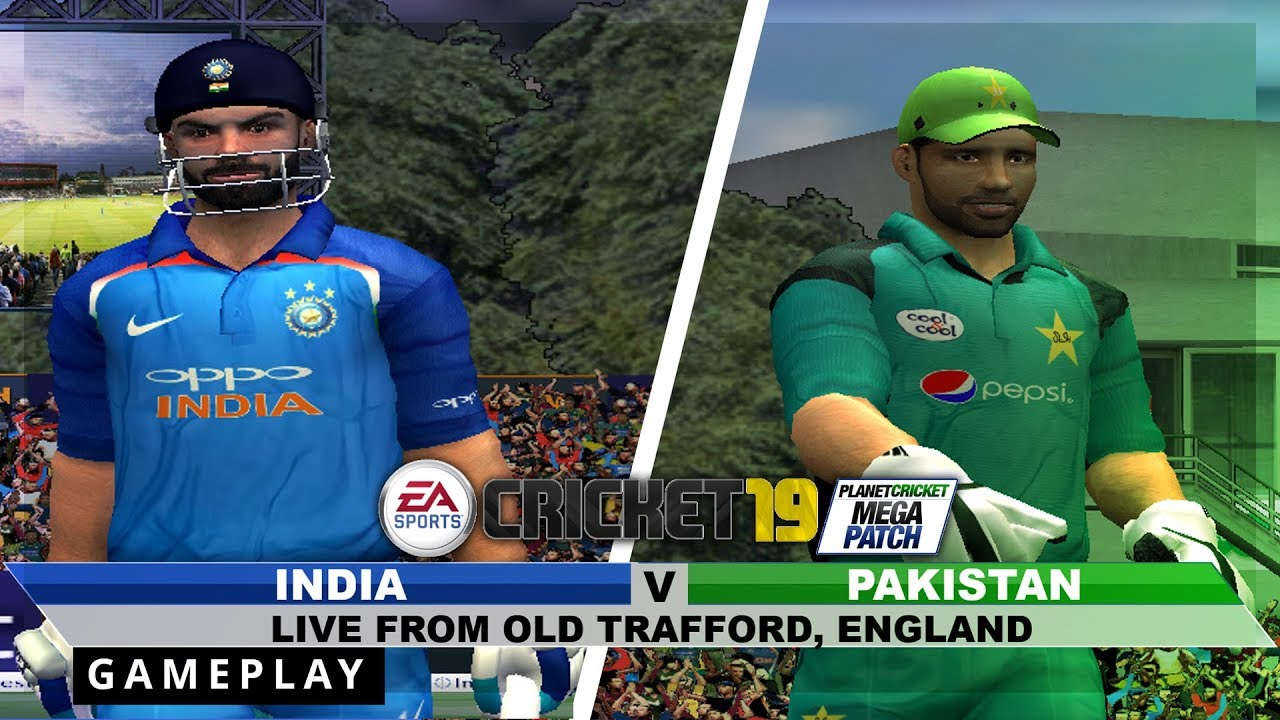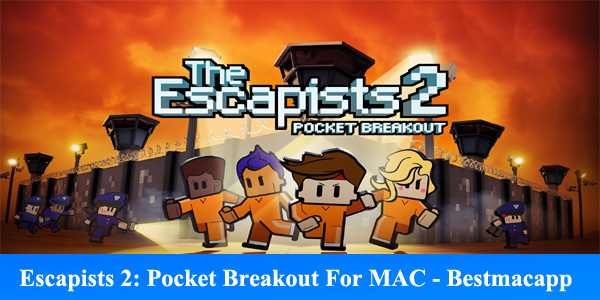A glioblastoma (GBM) recurrence is daunting, but 2025 offers more options – and better ways to combine them – than even a few years ago. This guide summarises evidence‑based choices after relapse, explains who may benefit, and shows how to reach specialised programmes for advanced treatments such as oncolytic‑virus trials. Wherever possible, we use plain language and short explanations of medical terms.
First confirm what’s happening
Before changing treatment, your team will make sure the scan really shows tumor growth and not pseudoprogression – treatment‑related swelling that can mimic growth.
- MRI with contrast is the main tool; advanced sequences (perfusion, diffusion, spectroscopy) offer extra clues.
- Amino‑acid PET (e.g., FET‑PET) can help separate active tumors from treatment effects at centres that offer it.
- Surgical re‑biopsy may be advised if imaging is unclear or if fresh tissue could open doors to a targeted clinical trial.
Transition: Once true progression is confirmed, your team will weigh several paths forward – often used in combination.
Option 1: Repeat surgery (re‑resection)
When it’s considered:
- The tumor is surgically reachable and symptoms are driven by mass effect (pressure the tumor puts on the brain).
- You have a Karnofsky Performance Status (KPS) ≥ 70 (a score meaning you’re largely self‑sufficient in daily activities).
Why it may help:
- Quickly relieves pressure, provides up‑to‑date tissue for molecular testing, and allows local therapies right in the tumor cavity (some only within trials).
What’s new:
- Fluorescence‑guided surgery (5‑ALA or fluorescein) and intra‑operative MRI help achieve maximal safe removal.
Option 2: Re‑irradiation
Techniques:
- Hypofractionated stereotactic radiotherapy (HF‑SRT) for small‑to‑moderate lesions.
- Proton therapy in selected cases to better save the healthy brain..
Typical eligibility clues:
- At least 6 months since the first course of radiation, limited tumor volume, and location away from eloquent cortex (critical brain areas for speech, movement or vision).
Goals:
- Local control and symptom relief with a careful eye on the risk of radiation‑related tissue damage.
Option 3: Systemic therapy (drugs and targeted agents)
| Medicine | Where it’s used at recurrence | What to expect |
| Lomustine (CCNU) | Common “salvage” option | Modest survival benefit; often used as a comparison arm or in combinations within studies |
| Temozolomide (TMZ) rechallenge | If there was a long break and the tumor is MGMT‑methylated | Can help a subset of patients; not effective for everyone |
| Bevacizumab | To reduce swelling and help taper steroids | May improve symptoms and progression‑free survival (time living with the disease without it getting worse); overall‑survival impact is limited |
| Regorafenib | Used in some regions based on a randomized Phase II study | Signal of benefit in selected patients; side‑effects need close monitoring |
Option 4: Immunotherapy in trials
Oncolytic viruses (OVs)
What they are: engineered viruses that infect tumor cells, burst them, and “unmask” the cancer to the immune system.
Where things stand: several Phase I/II trials in recurrent GBM, often combined with checkpoint inhibitors to boost immune attack. Early results suggest improved 12‑month outcomes versus historical benchmarks in some cohorts, but larger trials are ongoing.
Access: typically at academic centres; some protocols deliver the virus during surgery or via a catheter (convection‑enhanced delivery).
Checkpoint inhibitors
Alone, their benefit in unselected recurrent GBM has been limited. The most active research pairs them with OVs or vaccines.
Personalised vaccines & cellular therapies
- Neoantigen or dendritic‑cell vaccines can trigger strong immune responses in early studies; survival benefit is still being defined.
- CAR‑T/CAR‑NK cells targeting GBM markers (e.g., EGFRvIII, IL13Rα2) show promising case‑level results but remain early‑phase.
How to access advanced and investigational therapies
Accessing cutting‑edge trials can be complex. Specialised centres and dedicated patient liaisons are often essential to navigate eligibility, timing, travel, and enrollment – especially for intricate protocols like oncolytic‑virus studies.
As one example, Biotherapy International focuses (among other things) on immunotherapy for glioblastoma multiforme with particular experience in oncolytic‑virus strategies for glioblastoma and other brain tumors. The centre also evaluates mesenchymal stem‑cell (MSC) protocols for selected non‑malignant conditions. Their multidisciplinary approach can help patients understand which standard treatments and clinical‑trial options best fit personal goals.
Learn more at ibiotherapy.com.
Arthur Portnoy, the centre’s Head of Business Development, helps bridge the gap between patients and highly specialised programmes – coordinating diagnostics, eligibility review and next steps so individuals can access evidence‑driven immunotherapies when appropriate.
More Info: Arthur Portnoy.
Option 5: Tumor Treating Fields (TTF)
Wearable arrays deliver gentle, alternating electric fields that disrupt tumor cell division. In the recurrent setting, TTF may be used alone or with chemotherapy. It has a favourable day‑to‑day side‑effect profile; survival benefits at recurrence vary across studies. Adherence matters – aim for ≥ 18 hours/day of wear.
Supportive care that truly helps
- Careful steroid management: use the lowest effective dose and taper when possible to reduce side‑effects.
- Seizure control: modern anti‑seizure medicines (e.g., levetiracetam, brivaracetam) have fewer drug interactions.
- Neuro‑rehabilitation: early physical, occupational and speech therapy improves independence and safety.
- Mood and cognition: screen for fatigue, depression and memory/attention changes; treat proactively.
- Nutrition and activity: protein‑rich meals and gentle aerobic exercise help combat fatigue and muscle weakness.
Questions to bring to your next appointment
- What confirms true progression versus pseudoprogression in my case?
- Am I a candidate for repeat surgery or re‑irradiation – and what are the realistic goals?
- Which clinical trials (OVs, combinations, vaccines, cellular therapy) are open to me now, and what are their timelines?
- How will we manage steroids, seizures, rehab and day‑to‑day function alongside treatment?
- What are the trade‑offs (hospital time, side‑effects, travel) for each option?
Key takeaways
- Recurrent GBM care is multimodal: consider precision surgery or re‑irradiation, fit the best systemic option, and evaluate immunotherapy trials early.
- Quality‑of‑life steps – steroid minimisation, seizure control and rehab – often make a day‑to‑day difference.
- Specialised centres and experienced navigators can smooth the path to advanced and investigational therapies, with organisations like Biotherapy International (and professionals such as Arthur Portnoy) serving as practical examples of that support.
References
- National Comprehensive Cancer Network (NCCN), CNS Cancers Guidelines, current version
- European Association for Neuro‑Oncology (EANO), recommendations on recurrent glioblastoma
- Society for Neuro‑Oncology (SNO), iRANO response‑assessment guidance
- Randomised and single‑arm studies of lomustine, regorafenib and bevacizumab at recurrence
- Reviews on oncolytic‑virus combinations and cellular therapies in recurrent GBM (major oncology journals)
- EF‑11 and EF‑14 Tumor Treating Fields publications and follow‑ups
Disclaimer: This guide provides general information and is not a substitute for professional medical advice. Treatment decisions should be made with your care team.













